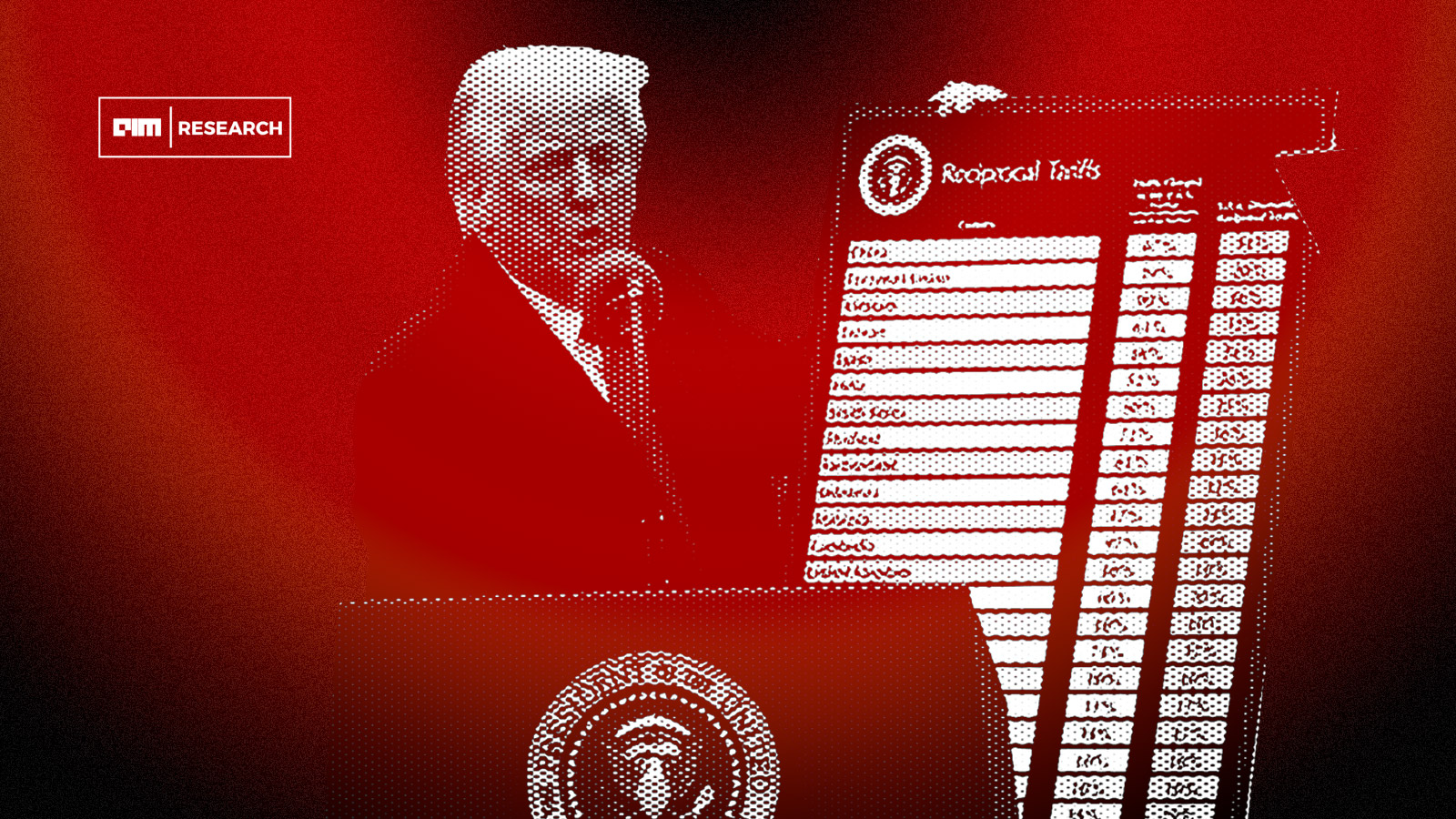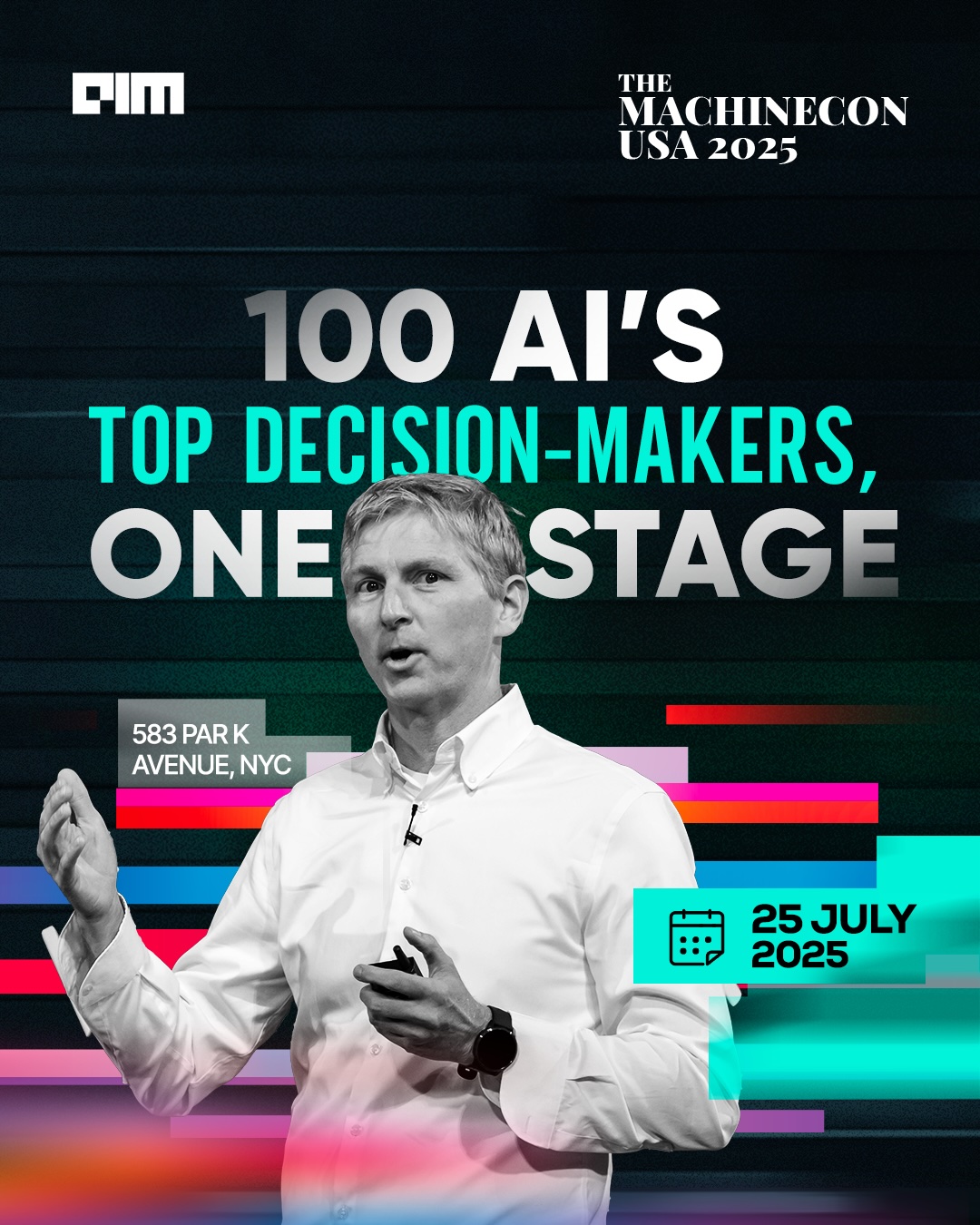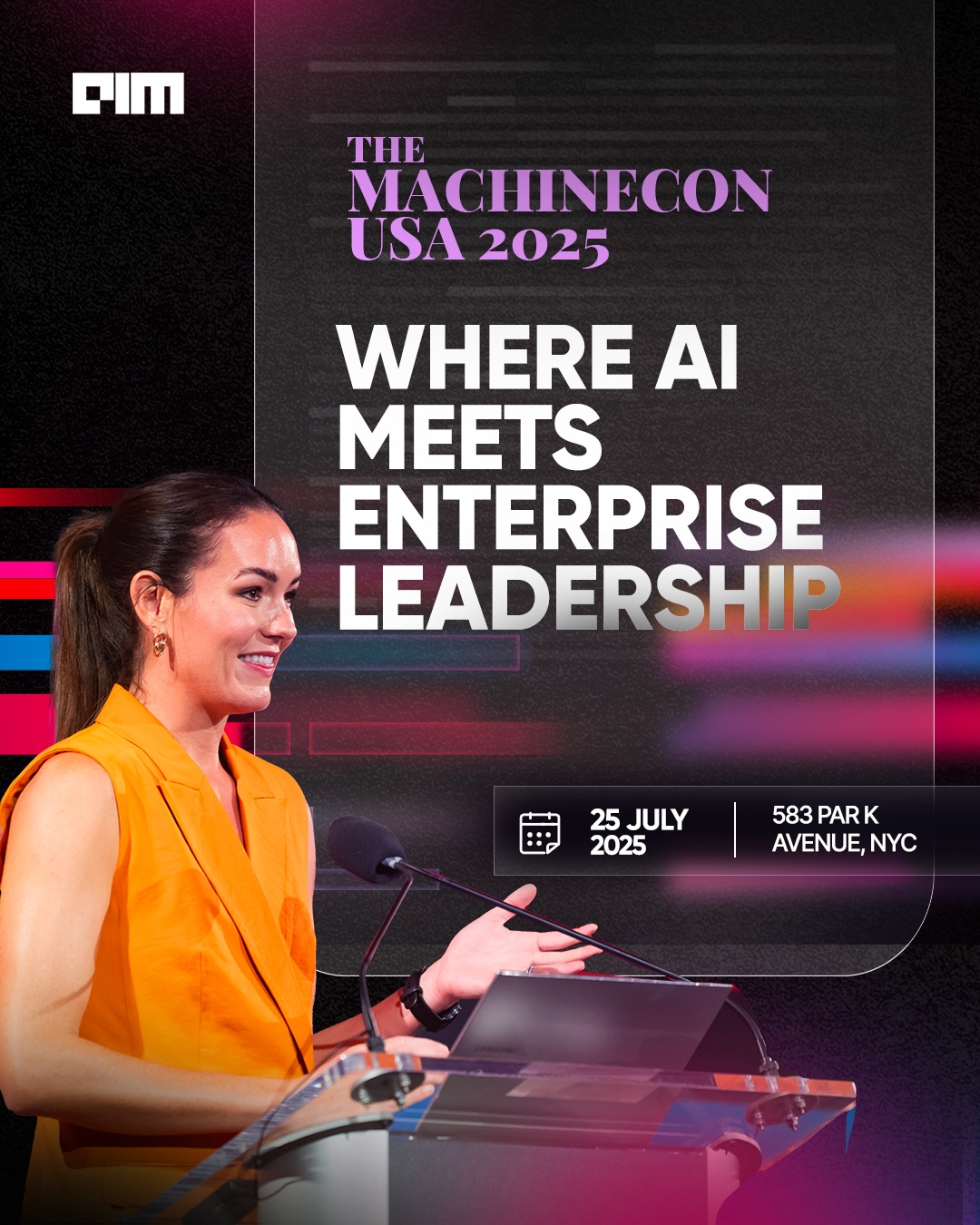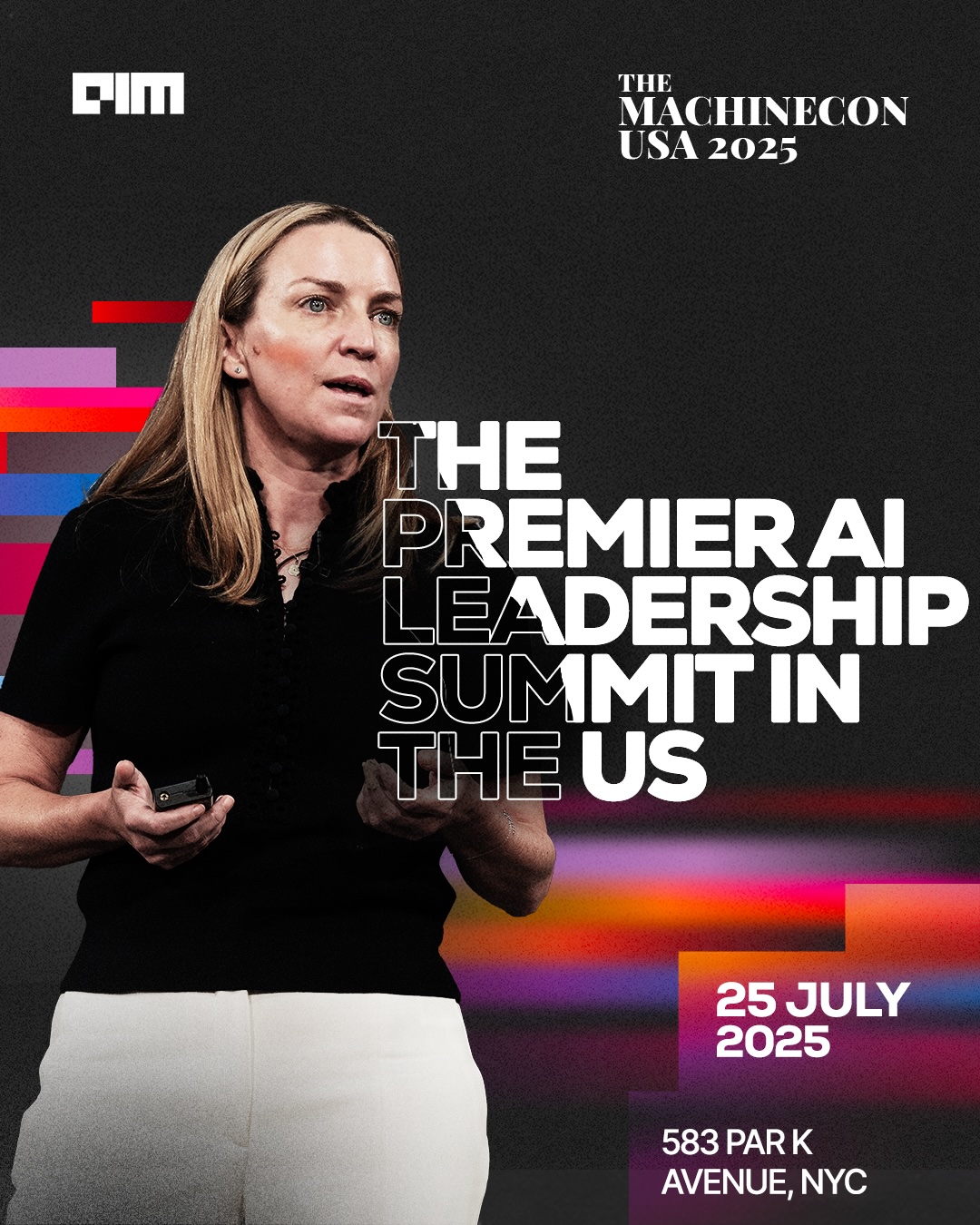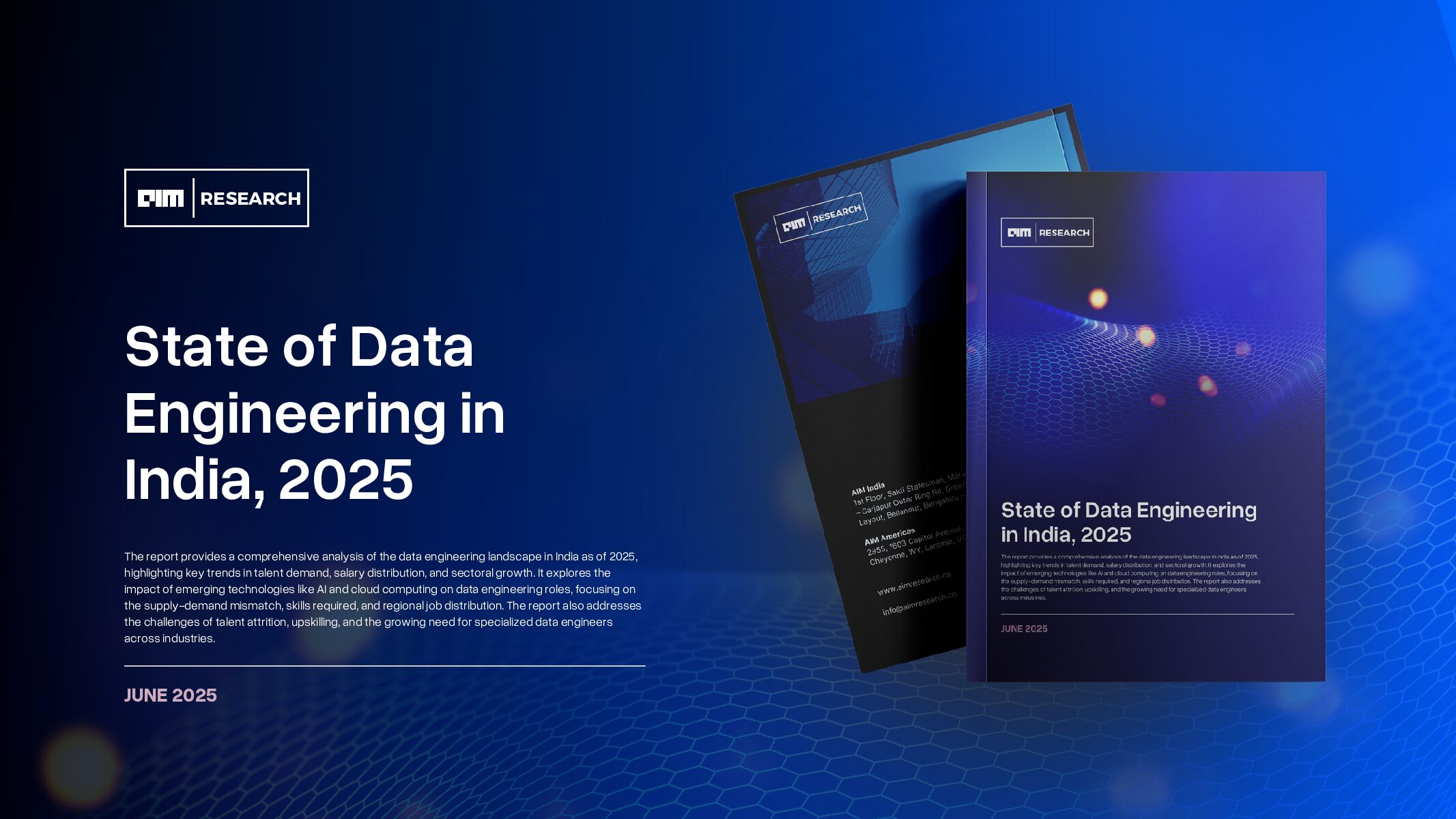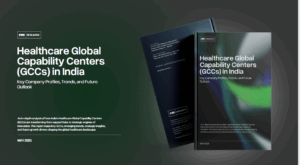“The United States of America is the leader in AI, and our administration plans to keep it that way,” said Vice President J.D. Vance at the Artificial Intelligence Action Summit in Paris. The message was meant to project confidence about America’s position in global technology. But just weeks later, the administration’s own trade policy has put that leadership under pressure.
With Donald Trump back in the White House, tariffs are once again at the center of U.S. economic strategy. This time, they’re aimed not just at China, but at the core of the AI industry itself. The White House says the goal is to bring more tech manufacturing back to the U.S. But the reality is more complicated because building and running advanced AI still depends heavily on hardware made overseas, especially chips.
The new tariffs, announced under the banner of “American Chips for American AI,” slap a 60% duty on semiconductor imports from China, South Korea, Taiwan, and the Netherlands. But the ripple effects extend well beyond manufacturers. The biggest impact is landing on U.S.-based AI companies and cloud infrastructure providers who depend on foreign-made chips to run massive data centers powering models like OpenAI’s GPT-4 and Meta’s Llama.
One industry insider called the policy “Project Stargate’s biggest bottleneck,” referencing Microsoft’s sprawling AI data center initiative. Despite Microsoft’s $100 billion commitment to Stargate, an effort to meet OpenAI’s escalating compute needs, the physical chips at the heart of it remain overwhelmingly foreign-made. Nvidia’s H100 and the forthcoming Blackwell chips, critical for training large language models, are designed in the U.S. but manufactured in Taiwan by TSMC.
The industry’s frustration is compounded by the administration’s controversial formula for calculating AI model tariffs. OpenAI’s ChatGPT, which recently crossed 180 million users and serves over 100 million queries per day, is being taxed not as a single product but as an aggregate of its queries and compute hours. Under the formula, a model is treated like a stream of microtransactions, each triggering a tariff tied to the underlying compute infrastructure—most of which still uses chips imported from Asia.
Meta has joined in opposing the policy, particularly since the launch of its Llama 3 model, which was downloaded over 7 million times in the first week. Meta’s argument is that open-source models like Llama are decentralized and increasingly run on third-party infrastructure outside Meta’s control making the tariff formula both unfair and unenforceable.
Intel’s U.S. manufacturing lags far behind TSMC in both volume and advanced process nodes. TSMC’s Arizona facility, heavily subsidized by the CHIPS Act, is still years away from full production and won’t manufacture Nvidia’s highest-end chips when it does come online. That means for the foreseeable future, AI companies must either eat the tariffs or pass them on raising the cost of services like ChatGPT, Copilot, and AI cloud APIs across the board.
Data centers remain caught in the crossfire. Microsoft, Meta, Google, and Amazon all of whom run AI workloads on imported chips are reassessing expansion plans. Some have quietly paused hardware purchases or accelerated experiments with less compute-intensive models. None have been able to explain how, under the current tariff structure, they’ll maintain both profitability and scale.
On the surface, Trump’s second presidency has positioned itself as the most AI-focused administration in U.S. history. The day after his inauguration, Trump stood at the White House with OpenAI CEO Sam Altman, SoftBank’s Masayoshi Son, and Oracle’s Larry Ellison to announce Project Stargate a $500 billion public-private initiative to build AI infrastructure. Weeks earlier, Son had pledged another $100 billion toward U.S. AI investment while seated beside Trump at Mar-a-Lago. In February, Vice President J.D. Vance took the global stage at an AI summit in Paris, declaring the U.S. would lead the world in artificial intelligence and “plans to keep it that way.”
The sweeping set of import duties announced by the White House has stunned the tech industry. While semiconductors were technically excluded in the initial rollout, the vast infrastructure required to power AI, servers, GPUs, switches, transformers, and construction materials—is now subject to steep new taxes. Steel and aluminum prices have already surged, and tariffs on critical imports from China (34%), Taiwan (32%), Vietnam (46%), and other countries are set to drive the cost of data centers sharply higher.
“The vast majority of imported goods that are needed for data centers are subject to these tariffs,” said Jason Miller, professor of supply chain management at Michigan State University. “There is no doubt they will raise the cost structure for putting together data centers.”
AI firms are sounding alarms. CoreWeave, which went public at a $23 billion valuation just days before the tariffs were announced, flagged the issue in its IPO prospectus, warning that tariffs and export controls may impact the “availability and cost of GPUs and other components of our platform.”
The exemptions apply to only a narrow slice of semiconductor product codes. Most AI-related GPUs fall under HTS codes such as 8473.30 or 8542.31. Only the latter, more advanced chips, were spared. Nvidia’s DGX systems, which are critical to training AI models, are classified under 8471.50—a category that does not enjoy exemption.
As a result, most AI components now face what amounts to a “40 percent blended tariff,” according to Bernstein Research analyst Stacy Rasgon. Nvidia already banned from selling its highest-end chips to China, is now facing severe headwinds at home. Its stock has dropped nearly 33% since the start of 2025, alongside Apple and Tesla, which also took hits following Trump’s “liberation day” tariff announcement. That day marked one of the worst for the S&P 500 since 2011.
The squeeze extends to electrical components and building materials. “AI is not something that is massively profitable so far,” said data center consultant Daniel Golding. “So the question is: is this going to put a damper on these AI builds that don’t yet have an amazing ROI?”
Matthew Mittelsteadt, a tech policy fellow at the Cato Institute, emphasized that data centers are inherently physical infrastructure. Steel, aluminum, transformers, and water systems are essential—and mostly imported. “The AI future is now being taxed,” he said.
Even the CHIPS Act isn’t safe. Equipment used to manufacture chips like advanced lithography machines from Japan and the Netherlands is not excluded. With those countries now facing tariffs of 24% and 20%, the policy threatens its own goal of restoring domestic chip manufacturing.
And then there’s the method used to calculate tariffs—a formula so unorthodox that it triggered confusion among economists, developers, and analysts. The White House claimed its tariff rates were based on fairness. But journalist James Surowiecki reverse-engineered the numbers and found they match a simplistic equation commonly generated by AI chatbots. Ask ChatGPT or Claude how to balance trade deficits through tariffs, and you’ll get a similar formula: divide a country’s trade deficit by total exports, halve the result, and apply it as a tariff.
Politico found the published White House formula almost identical to these chatbot outputs. “Extraordinary nonsense,” Surowiecki called it.
China has already responded with an equal 34% tariff. Vietnam and Taiwan have begun reevaluating supply chain ties. Taiwan Semiconductor Manufacturing Company (TSMC), which manufactures nearly all of Nvidia’s GPUs, will continue exports—but only 10% of Taiwan’s U.S.-bound goods qualify for exemptions. The rest, including critical servers and data center gear, are hit with a 32% tax. Jason Hsu, a former Taiwan legislator, said, “AI server prices [are] going completely out of the roof.”
Southeast Asian countries that had been considered alternatives to China like Vietnam and Thailand and are now facing 46% and 36% tariffs, respectively. This undermines long-standing U.S. efforts to diversify away from China.
“This is becoming an explosion of global supply chain disorder and chaos,” Hsu said. “The ramifications are going to be very long and painful.”
Microsoft, Amazon, Alphabet, and Oracle who collectively pledged nearly $500 billion under Stargate are rethinking capital expenditures. CIOs are tightening IT budgets. As Aisera CEO Muddu Sudhakar put it, “They have to pass it on.” Carlyle’s Lucia Soares added that firms will now “rebalance our portfolio of technology projects and investments without the benefit of additional budget.”
Trump’s tariff war is a tax on the U.S.-built AI infrastructure, a cost passed to the U.S.-based developers, and a policy whose math may have been lifted from the very AI models it threatens to make unaffordable.
Some people are still optimistic. “It doesn’t seem to me that, of the things you could stop investing in, AI would be very high on the list. If I were a large industrial manufacturer right now, I’d be looking at ways to change my manufacturing location to lower the cost especially in a climate where there’s already labor scarcity or excessive labor costs,” said Zack Kass, futurist and former head of OpenAI’s go-to-market strategy.

